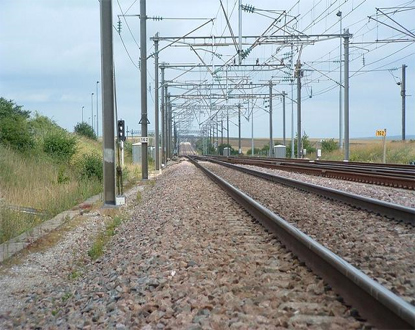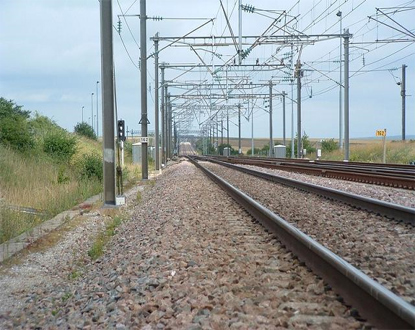The aim is to connect Nice to Marseille in 1 hour to improve travel at the regional, national, and Mediterranean Arc level from Barcelona to Milan.

Bernard Kleynhoff, President of the Nice Côte d’Azur CCI, emphasizes that “the Alpes-Maritimes are not served by high-speed trains unlike Toulon, Marseille, and all the major French and European cities. Our economic fabric strongly desires this infrastructure. It is imperative that this project advances and that the announced deadlines are respected, with a public inquiry in 2014 and commissioning in 2023.”
The creation of a new line is essential to relieve a network that is saturated, particularly in the Alpes-Maritimes, and to develop a comprehensive and efficient TER/TGV offer.
The Nice Côte d’Azur CCI has long supported the connection of the LGV to the Italian high-speed network and the integration of the Nice-Ventimiglia section into the future Declaration of Public Utility. During the closing meeting of the consultation on the extension of the new line from Nice to Italy organized on February 16 by RFF, the CCI will reiterate this major issue to support the cross-border dynamic engaged between the Nice Côte d’Azur Metropolis and Genoa and to bring us closer to the major Milan hub.
Currently, Italy is our primary foreign clientele with over one million stays per year and a very high potential for exchange development. It should be noted that, currently, connections between the Côte d’Azur and neighboring cross-border regions (Liguria, Lombardy, Piedmont) remain difficult: safety and congestion issues on the A8 and the Flower Highway, lack of direct rail connections, and air links with Milan.
The CCI asks RFF to conduct a socio-economic study to refine the evaluation of the gain in travelers with Italy, considering the very large demographic basin that constitutes Northern Italy.
Moreover, the Nice-Italy section must be realized in the 1st phase, concurrently with the East Var-Nice section, to connect as early as possible to the Italian high-speed rail network under construction and thus benefit from its efficient travel times.
The CCI emphasizes the European and cross-border challenge of the LGV, which must be fully included in the future National Infrastructure Transportation Plan (SNIT) and integrated into the priority projects of the trans-European transport network in order to benefit from a substantial financial contribution from Europe.



